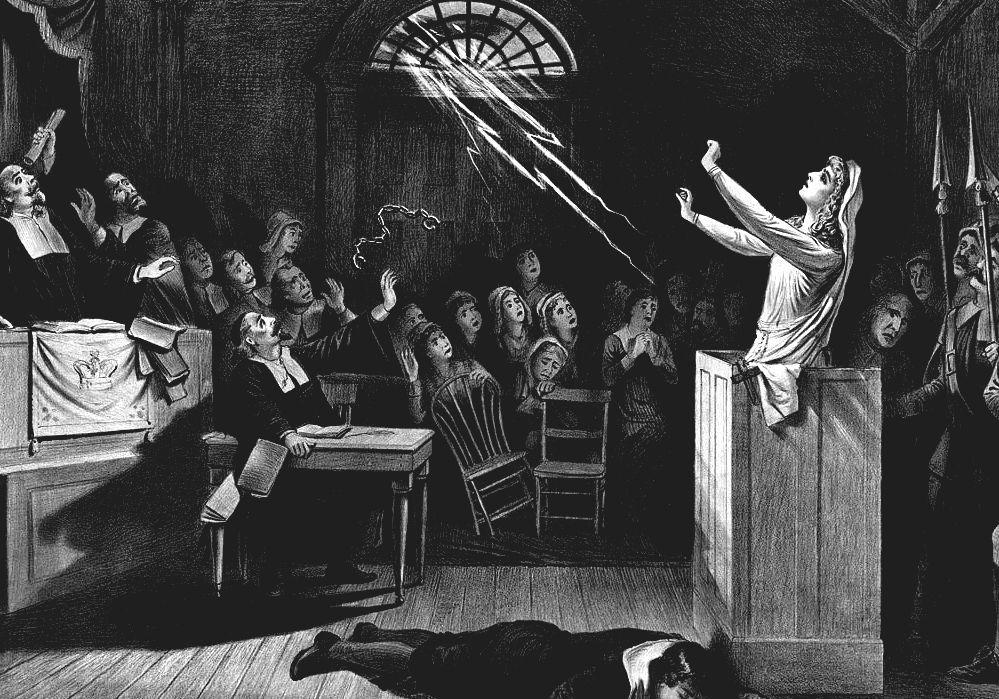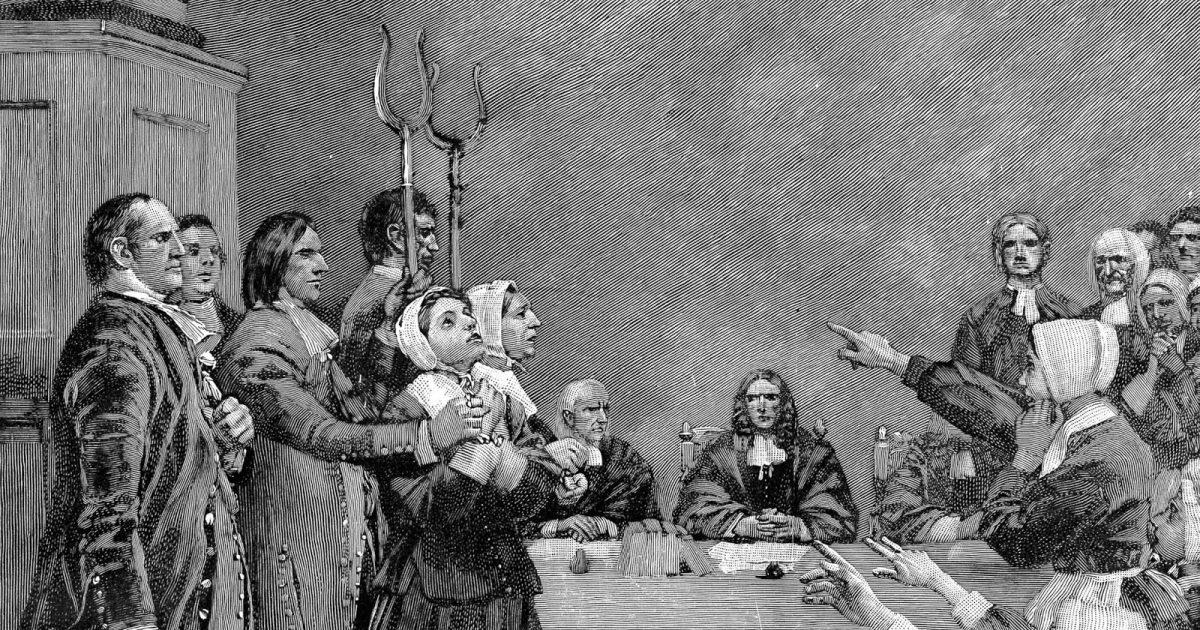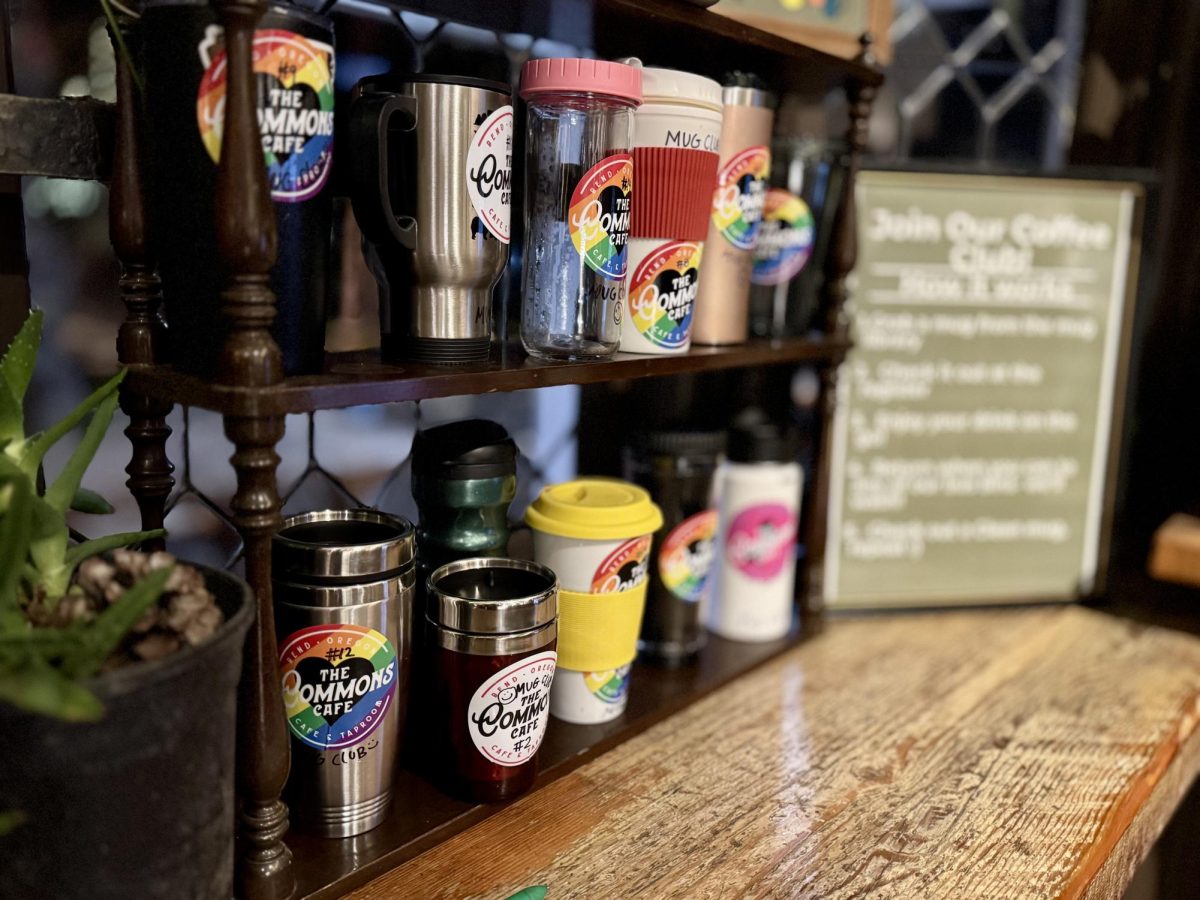As the spooky season is upon us, common Halloween images return. These images range from skeletons to werewolves and to the protagonist of this article, witches. Witches are commonly associated as ugly croons who terrorize the youth and the communities surrounding their lairs. These characteristics have been so molded into the minds of everyday Americans due to one historical event. The Salem Witch Trials.
The year is 1692 in Salem, Massachusetts. The last few crop seasons had frozen and families were left without economic prospects. Coincidentally, a few of the neighborhood girls had been coming down with something the doctor couldn’t identify. The town was starting to smell a witch.
This jump to witchcraft as the culprit of the ailing children, was the first step in shaping our ideal of witches. It set up the future characteristic of a witch’s vendetta against the young. This ideal can be seen in various media portrayals such as Hansel and Gretel.
Specifically, the vendetta being enacted in Salem was the act of making these girls sick, which likely seemed a death sentenced as the diseases were unknown at the time(using modern knowledge we can discern that it was probably an illness carried in the crops of rye, prevalent in the colony in that era, or through an insect bite). These victims were pressured by their highly religious Puritan community to confess why they were hurting. They named their witches with spectral evidence, saying that the spirit of the accused hunted and hurt them. The witches they named created the second stereotype, that witches are hags who don’t belong in society.
This difference from ‘acceptable’ was seen as the first of the Salem witches were social deviants, poor servants and other social expendables. Under pressure of confession, some admitted to the witchery and fear of an infestation began. Now, a full fledged witch hunt was in session. Those against the trials were being hanged and many poorer families have started going after the middle class for the economic benefit their land going to market would bring.

The use of witchcraft accusations against the middle class for community economic gain spurned the last stereotype of a present day witch. This is the ideal that they are harmful to the community and that the community would benefit from their downfall. This grew due to the Salem Trials as the tacking down of the middle class witches aloud the larger peasant population economic relief, no matter how temporarily.
Salem Oregon Witches Blogspot
As the trials grew, some refused to testify guilty as it would have ostracized them and classified them as a sinner. Hence, persuading confessions gained prevalence in order to prevent a potential witch or wizard from going free and plaguing the streets. Confessions were brought forth using methods ranging from threats of violence and execution, to physical torture. The main form of torture was the peine forte et dure. This was a process in which a board was laid on top of the suspect and heavy weights were placed on top until death or confession. These ideals of confessions have contributed to our modern ideals of a witch by presenting them as having distinguishable traits/weaknesses that allow them to me spotted and defeated, for example the wicked witch of the west in the wizard of oz has the weakness of water,
Throughout the year the trials lasted(finally stopping when the Massachusetts governor’s wife was suspected and he pardoned those convicted)the approximately 200 victims who were accused of witchcraft, 25 of which died, established stereotypes for modern portrayal of witches. A lot of which we can expect to see during this Halloween season.









